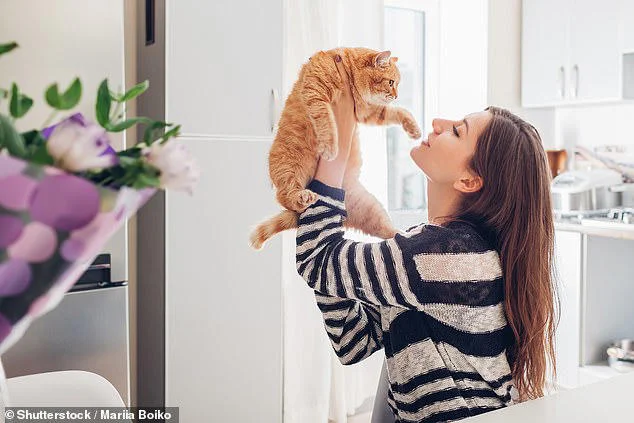Bass Coast Shire Council have announced a ban on cats going outside and if cat owners violate it, they will be fined heavily - well not that heavily 😎. The council wants to protect Phillip Island penguins. Do domestic cats kill penguins? Well, apparently, yes, but so do other predators such as feral cats, feral dogs, domestic dogs, ferrets and stoats. How big an impact on penguin protection will this law have?
Bass Coast Shire Council is in Victoria's south-east. The local ordinance orders that domestic cats must be contained within their home 24-7.
 |
| Council in Victoria, Australia bans outdoor cats |
The press say that it is part of a 'desperate attempt' to protect the famous penguins of Phillip Island.
If you let your cat out and you are caught you will be fined AU$180. The news has been welcomed by the community. Although I sense that Australians have been indoctrinated into believing that outdoor cats are more of a problem than they truly are. They've been pummelled with news for years. There is a propaganda campaign.
Cats can go into their backyard but that's about it and if they escape their backyard the owner will be fined if they are caught.
A question that I have is whether there is already in place a legal obligation to microchip your cat within this local authority. If not, it may be difficult to enforce this ban. The difficulties in enforcement of these sorts of ordinances is one of the big reasons why they can be problematic.
The local mayor, Michael Whelan said that the council's orders purpose is mainly to protect the penguins and to protect the cats.
During 2020-2021, 155 cats were caught roaming around and they were seized and taken to the local pound.
On Phillip Island, cats are trapped currently and on average they say that they are catching 40-70 cats but they don't tell me over what period! Not good.
And what happens to the cats? It's almost certain that they are euthanised. Are they killing people's pets?
It seems that most residents think that the ban on outdoor cat should have been imposed years ago. The council thinks that they are a role model for others to follow across Australia.
This news is just one more step in what I foresee being a total ban on outdoor cats across the entirety of Australia at some time in the future. There's been a war of attrition against feral and outdoor domestic cat for a very long time now.
Another example is Perth's City of Bayswater Council which is considering a ban on cats from 42 natural areas. Similar bans have already been set up in several Melbourne councils.
Another Victoria council, Bendigo, also discussed confining cats to their homes and that was in the middle of last year. The spokesperson said that people wouldn't dream of letting their dogs wonder around so why do they have an issue in banning outdoor cats? Comment: there is a difference actually because dogs are much bigger and more dangerous to the public.
P.S. Toronto in Canada is thinking about a law making it obligatory to have your cat on a leash when outside. Cat confinement is a developing worldwide phenomenon but only in developed countries and the West at present. The world is very divided on how to relate to domestic cats.















